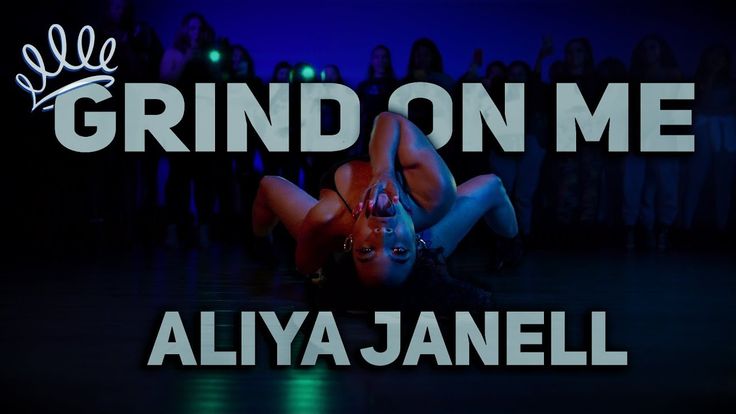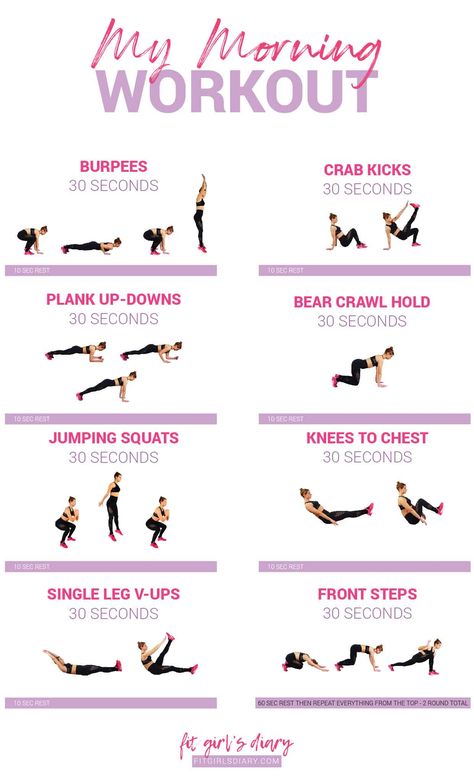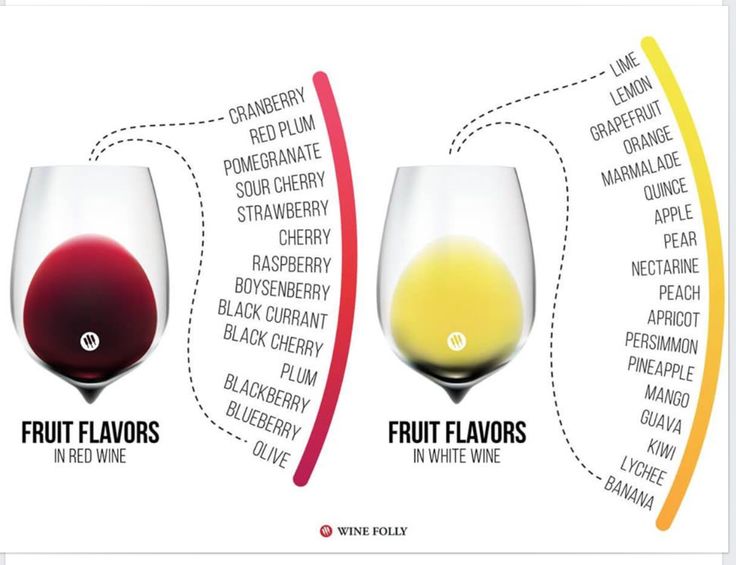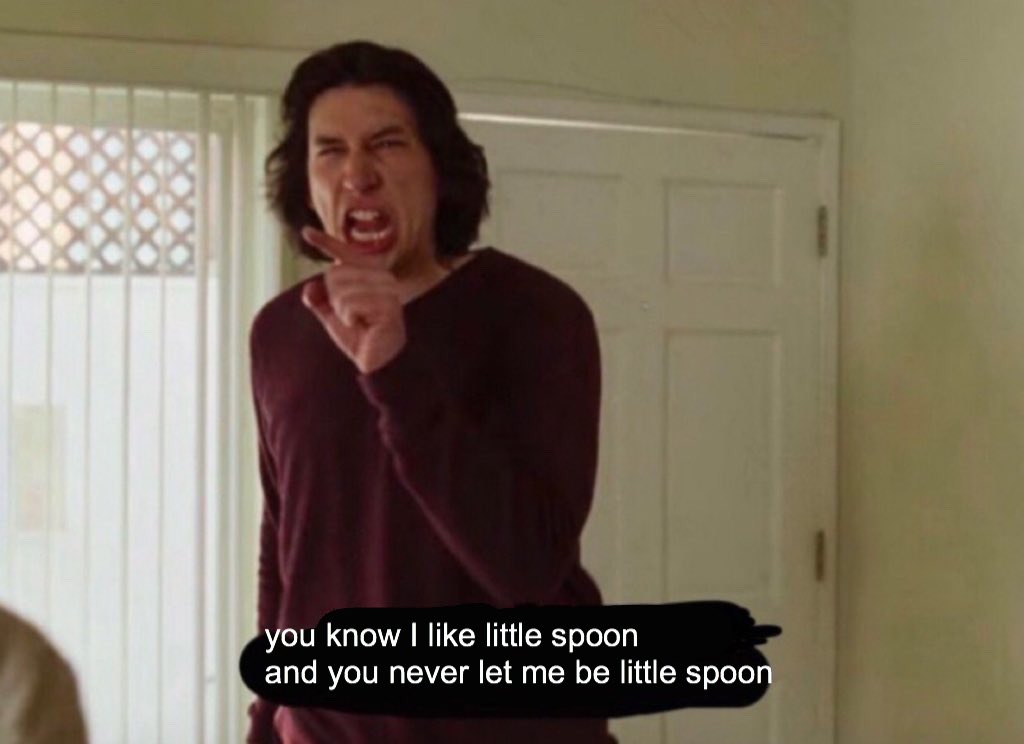How to dance latino style
Latin Dances List: 15 Popular Styles, Names & History
Latin dances are rather a large group of dance styles that are united by their place of origin - Latin America and invariably passionate rhythms and performances. Latin American dances are a type of ballroom and club dances that spread throughout Europe in the 19th century and became very popular. They owe their wide popularity to curiously mixed cultures of the Americas, including European and local folk dances. Thus, the Spanish folk dance, the elements of which were performed by bullfighters during a bullfight, became known throughout the world as a paso doble. Samba was brought to Brazil, and then to Europe, African influence is seen in rumba and cha cha cha which originated in Cuba and Haiti.
LATIN DANCES LIST
The traditional program of Latin Ballroom Dances, adopted by the World DanceSport Federation, since 1930 includes five dances in the Latin American section. These are Samba, Rumba, Cha-Cha-Cha, Paso Doble and Jive (United States origine). All of them are performed in a pair, a man and a woman and, unlike the European dances, the partners during the performance can either separate the contact, or cling to each other very closely. All Latin American dances are rhythmic and emotional, and some of them are particularly sensual.
The other large group of Latin dances is so-called Social (or ”club” Latina) includes Salsa, Bachata, Merengue, Reggaeton, Mambo, Kizomba, Zouk and Argentine tango. It has long been one of the most popular group of mass dance, both in Latin America and in the United States, Europe and Asia. Salsa and bachata, merengue and mambo - these dances do not require perfected skill, it is more important to reveal them completely, turning movements into meaningful love and passionate stories. For many years, the cult for all Latin dancers is the movie “Dirty Dancing” with Patrick Swayze, where the most popular amateur dances are shown in all its glory.
Here is a List of Social Latin American dances:
Salsa
Salsa dancing initially developed into a particular style in the 1940s and comes from a tradition of Latin dance styles that dates back to the early 1900s. It is heavily influenced by Afro-Cuban traditions and dance styles such as mambo, guaguanco and danzon. The brief history of salsa dance is that people moved to new locations and assimilated into new cultures, where salsa evolved into fresh styles. There are several different salsa styles influenced by cultures of the cities they originated. For instance, most famous in North America in United States are New York Salsa (also known as dancing 'On 2') and Los Angeles Salsa (known as dancing 'On 1'). Many dance aficionados actually claim that New York Style salsa is the original style of salsa, as the term and the dance were coined in the Big Apple. Other styles include Cuban salsa, Cumbia, Rueda de Casino (read more on salsa dance types here). Besides New York and Los Angeles in USA, major cities around the world where salsa is most popular are: Toronto Salsa and Vancouver Salsa in Canada and in United Kingdom: London Salsa. There are numerous Salsa Festivals around the world that attract thousand of Salseros every year as well as Salsa Congress which is a multi-day dance festival featuring workshops, social dancing, performances and competitions focusing on Salsa dancing.
It is heavily influenced by Afro-Cuban traditions and dance styles such as mambo, guaguanco and danzon. The brief history of salsa dance is that people moved to new locations and assimilated into new cultures, where salsa evolved into fresh styles. There are several different salsa styles influenced by cultures of the cities they originated. For instance, most famous in North America in United States are New York Salsa (also known as dancing 'On 2') and Los Angeles Salsa (known as dancing 'On 1'). Many dance aficionados actually claim that New York Style salsa is the original style of salsa, as the term and the dance were coined in the Big Apple. Other styles include Cuban salsa, Cumbia, Rueda de Casino (read more on salsa dance types here). Besides New York and Los Angeles in USA, major cities around the world where salsa is most popular are: Toronto Salsa and Vancouver Salsa in Canada and in United Kingdom: London Salsa. There are numerous Salsa Festivals around the world that attract thousand of Salseros every year as well as Salsa Congress which is a multi-day dance festival featuring workshops, social dancing, performances and competitions focusing on Salsa dancing.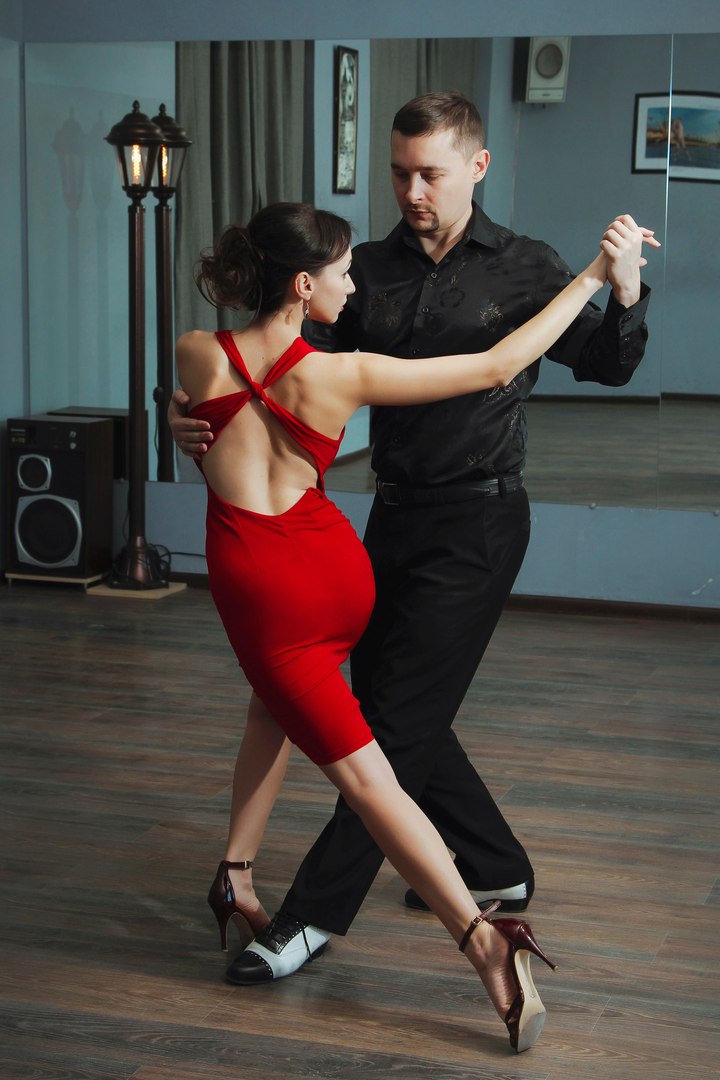
Bachata
Bachata dance is known for its love stories, and its syncopated rhythm. The dance actually was born of the music in the Dominican Republic during the 1960’s. Unfortunately, a dictatorship that found Bachata to be an art form of low standing held the music and the dance back for decades. The music was first developed with a heavy guitar emphasis and heartrending love stories as its basis. However, it grew primarily within bars and brothels, and this led to Bachata being held back for literally decades. Although the Bachata dance itself is a spinoff of the music, in recent years the music has grown more slowly than the dance. Bachata dance continues to grow and thrive all over the world, and has finally reached a place where it is widely accepted.
Merengue
The Merengue is a couple dance that has roots in the Dominican Republic.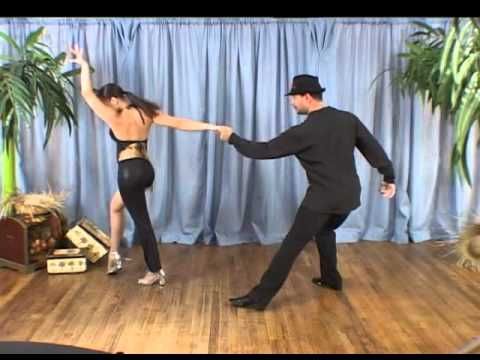 There are many theories of how precisely it became the dance that it is today. It is certain, however, that Dictator Rafael Trujillo deemed it the Dominican official dance and musical style after his rise to power in the 1930’s. A similar style is enjoyed in neighboring Haiti. The Merengue is one of the recognized Latin dance that has evolved over the years and widely enjoyed in many parts of the world.
There are many theories of how precisely it became the dance that it is today. It is certain, however, that Dictator Rafael Trujillo deemed it the Dominican official dance and musical style after his rise to power in the 1930’s. A similar style is enjoyed in neighboring Haiti. The Merengue is one of the recognized Latin dance that has evolved over the years and widely enjoyed in many parts of the world.
Mambo
Mambo is a Latin dance of Cuba which was developed in the 1940s when the music genre of the same name became popular throughout Latin America. The word mambo comes from the name of the god of war. In immemorial times, the Cubans dedicated a ritual dance to him, with the aim of deserving location and ensuring patronage. The mambo dance has much in common with rumba and cha-cha (at first, the famous cha-cha-cha was even called syncopated mambo), but it has a great temperament, freedom in expressing feelings and emotions, luxurious music.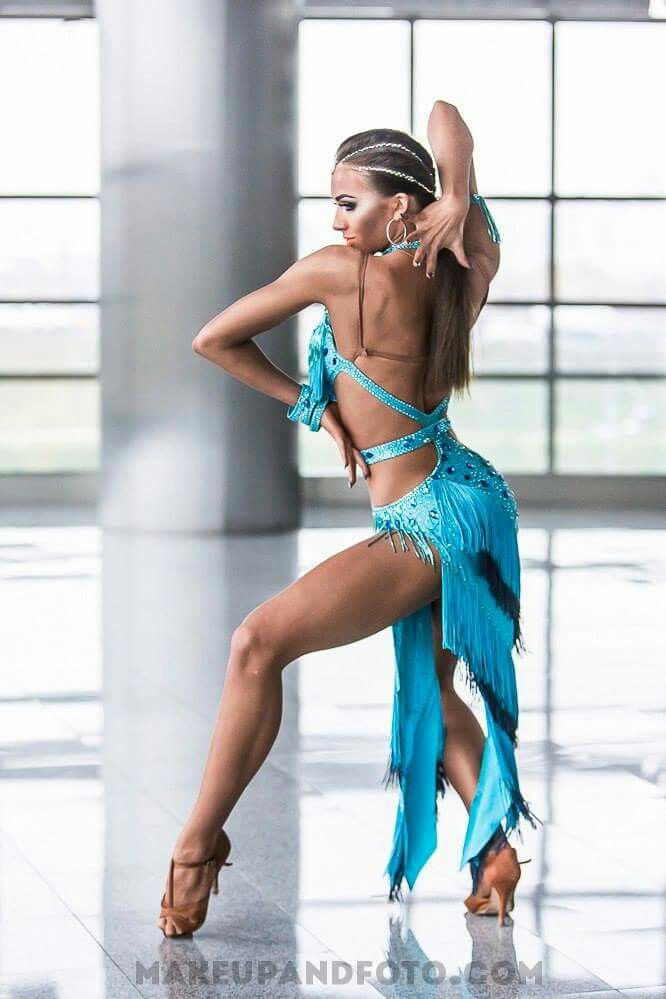 Incendiary rhythms of mambo are widely used in cinema. This dance is both a means of seduction and a way to express your feelings. Among the most famous films in which dance is used is the film “Mambo” with starring Antonio Banderas and Arman Assante and the more modern film Dirty Dancing starring Patrick Suezi.
Incendiary rhythms of mambo are widely used in cinema. This dance is both a means of seduction and a way to express your feelings. Among the most famous films in which dance is used is the film “Mambo” with starring Antonio Banderas and Arman Assante and the more modern film Dirty Dancing starring Patrick Suezi.
Kizomba
Kizomba is a new direction of latin dance culture that originated in Angola in the 1980s under the influence of French Creole music and African folk rhythms. And in Europe, it has spread widely in the twenty-first century. Kizomba has similar features with samba, bachata and Argentine tango, but this style is smoother, moderate and calm. Energy of Kizomba is more sensual and romantic, not expressive but rather flirtatious. Nowadays, Kizomba is winning the hearts and minds of modern youth. Everyone wants to learn how to dance Kizomba, everyone wants to shine at parties, to be fashionable and modern.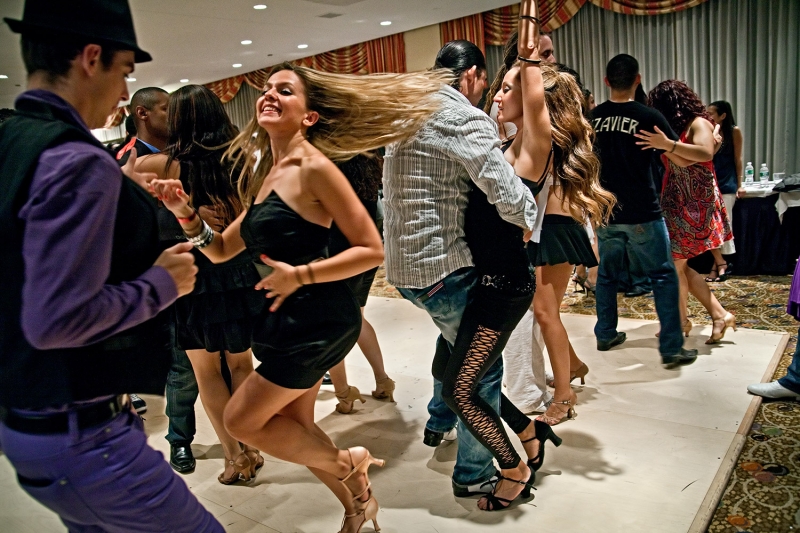 There are numerous Latin Festivals around the world that include Kizomba as one of their featured dances.
There are numerous Latin Festivals around the world that include Kizomba as one of their featured dances.
Zouk
In the late 20th century, dramatized concert performances with bright costumes and lively ethnic music were popular in Haiti, Martinique and the Cape Verde Islands. This is how the Zouk dance style emerged, combining the intonation of authentic Haitian music, the calypso style, the sound of “black” Angolan music. “Zouk” in French Creole means “party” or “festival.” Dancing evenings with live music have won wild popularity not only on the islands. France, Canada, Brazil and the countries of Asia and latey United States have not resisted the pressure of the sensual rhythm.
Zuk dance is a social dance that is performed on three counts and is saturated with beautiful curves of the upper part of the body and deflections, and the steps and turns are complemented by circular rotations, wave-like movements and turns of the head.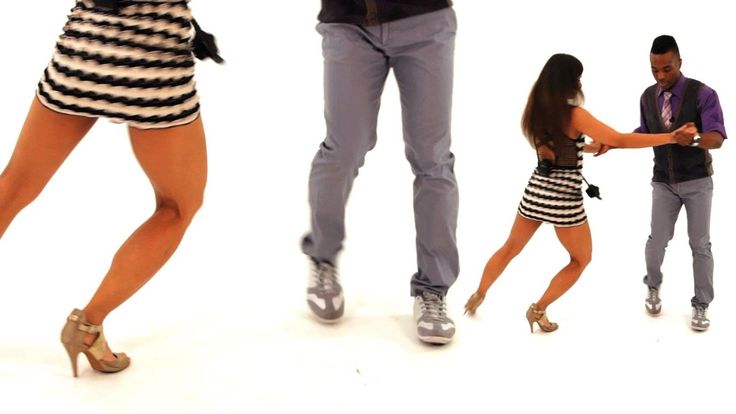 This style of dance is much more sensual than others, its turns and “falls” are spectacular, so the flexibility of the partner is of particular importance. Acrobatics are allowed. There are many Latin Festival events around the world that include Zouk dance as an essential part of their program.
This style of dance is much more sensual than others, its turns and “falls” are spectacular, so the flexibility of the partner is of particular importance. Acrobatics are allowed. There are many Latin Festival events around the world that include Zouk dance as an essential part of their program.
Reggaeton
Reggaeton is a musical style that originated in Puerto Rico and Panama in 1970-1980. It was born under the influence of such directions as reggae, dancehall, hip-hop and very quickly became popular in the countries of Latin America and the Caribbean. And how a separate style was highlighted in the 1990s, spreading its popularity to the USA, where immigrants brought it. A characteristic feature of this musical direction is overt and even somewhat aggressive sexuality, a clear reggae rhythm and a recipe in Spanish. Nando Boom and El General are considered to be the fathers of this musical direction.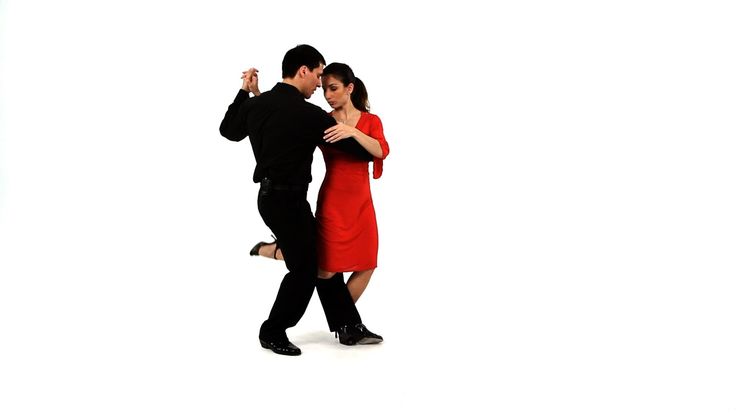
Argentine tango
Tango is a very sensual dance, and is among some of the most famous couple dances today. Prior to the birth of Tango, which happened in the poorer sections of Buenos Aires in the early 1900’s, there were only a few dances that required that a couple become so intimate as to face each other. The history of Argentine Tango is a little muddled, as it began in the lower classes, and it has faced many trials over the years. However, Tango has survived and grown into a dance that is enjoyed worldwide. Around 1911, Tango made the trip overseas and became a sensation in Paris, London and Berlin. 1913 saw it strike New York City in full force, although less authentic Tango dancing was already practiced there to some extent.
Tango scenes have been featured in many tango films.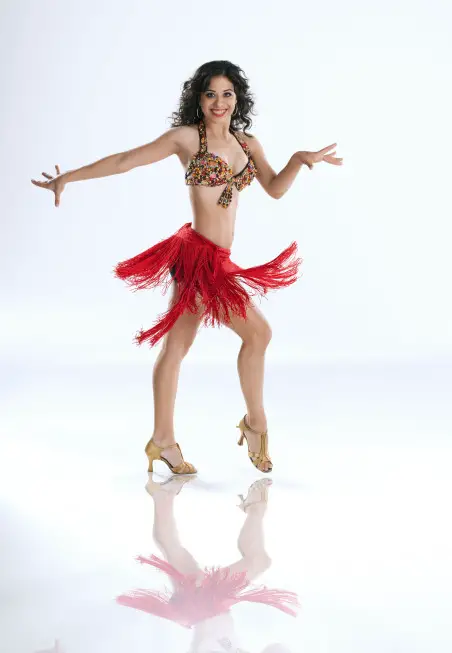 Tango scenes have been featured in many tango films. Today we see many thriving tango communities around the world, with the biggest one in Buenos Aires (Argentina), in USA: New York tango and Seattle tango are among the largest, in Europe: Berlin and more. You can catch the best tango performances at many Milongas (social tango dancing). There are as well many Tango Festivals around the world that attract thousand of Tangueros and fans.
Tango scenes have been featured in many tango films. Today we see many thriving tango communities around the world, with the biggest one in Buenos Aires (Argentina), in USA: New York tango and Seattle tango are among the largest, in Europe: Berlin and more. You can catch the best tango performances at many Milongas (social tango dancing). There are as well many Tango Festivals around the world that attract thousand of Tangueros and fans.
Bomba
Bomba is one of the traditional dances and musical styles of Puerto Rico, which arose at the intersection of African and Spanish cultures and the Indian culture of native Taino. Bomba got its name from the drums made out of rum barrels. The base rhythm of Bomba is performed on two or more drums. The meaning of bomba is similar to the meaning of Cuban rumba - it is a competition between a singer, a dancer and a percussionist.
The main trait of Bomba is that the musicians in it follow the dancer (and not vice versa). The vocal part consists of the recitals of the soloist and choir (at least three voices). In this case, the soloist will improvise poetry, and the chorus will respond to him.The dance is still extremely popular in Puerto Rico and New York.
The vocal part consists of the recitals of the soloist and choir (at least three voices). In this case, the soloist will improvise poetry, and the chorus will respond to him.The dance is still extremely popular in Puerto Rico and New York.
Plena
Puerto rican style of music and dance, used as a means of social and political expression. This traditional dance uses a panderet (tambourine), has a 4/4 pace and does not follow the clave. Plena was created 100 years ago in the working class barrios of Ponce, Plena's roots could be traced back into the changes in society brought on by Puerto Rico's move from Spanish into U.S. rule. Plena was born of African American roots and has been changed to a distinctively Puerto Rican dance style from the consequences of Jíbaro, indigenous Taino, and European musical traditions, along with the contribution of freed slaves out of English-speaking Caribbean Islands who travelled to Puerto Rico.
Plena primarily existed within folklore nevertheless, in the 1990s Plena has been given new life due to musical bands from Puerto Rico and New York who updated its sound to be fresh and modern. Whether folklore or contemporary audio, it is the panderos -- three or more handheld drums of distinct sizes/pitches (seguidor, segundo, and requinto), along with also the guiro -- a gourd percussion tool of native Taino source -- which collectively create the unique rhythm of Plena.
Here is a list of Latin Dances included in the program of Ballroom dancing (International Latin):
Samba
Samba is a dance rich in history, and one that is known for the joy it expresses. The traditional Brazilian Samba is a national favorite each year at Rio’s Carnival Celebration. Both men and women, each known as a Sambista, present the rhythmic celebratory dance throughout the city during the festivities. The Ballroom Samba varies greatly from many of the styles, but does maintain some of the Brazilian Samba characteristics. Ballroom Samba is recognized as one of five International Style of Latin Dancing partner dances. The Samba as seen today developed in Rio near the close of the 19th century. In 1917, Samba was beginning to be viewed as a dance style in its own right. The year of 1930 saw it become an accepted form of ballroom dance -- Ballroom Samba has made a lasting impact on partner dancing throughout the world.
Ballroom Samba is recognized as one of five International Style of Latin Dancing partner dances. The Samba as seen today developed in Rio near the close of the 19th century. In 1917, Samba was beginning to be viewed as a dance style in its own right. The year of 1930 saw it become an accepted form of ballroom dance -- Ballroom Samba has made a lasting impact on partner dancing throughout the world.
Rumba
Rumba, one of the five international Latin dances, is a sultry story in motion. This particular Latin dance is widely acknowledged as the most sensuous. Rumba has humble beginnings. As with many others, at least some of Rumba’s roots can be traced back to African tribal dances. However, it is in the nation of Cuba where it became the Rumba that is still so popular today. It is commonly referred to as the grandfather of Latin dance. Rumba hit the United States during the 1920’s, and laid the groundwork for all Latin dances thereafter.
Cha-Cha-Cha
Originally known as Cha-Cha-Cha, the name of this flirtatious and upbeat partner dance has been shortened a little over the years to simply Cha-Cha. This particular dance style was developed originally in Cuba, and then picked up by dancers visiting Havana from all over the world. The dance's fun, flamboyant and quick nature made it appealing then, and certainly adds to its appeal now. The more authentic Cuban style is very sensual, somewhat teasing and a bit contagious. Not only is the Cha-Cha still danced across the globe and is one of the International Style of Latin Dancing partner dances, the musical genre can be heard sung by incredibly popular musical artists even today.
Paso Doble
Paso Doble (Spanish for “two steps”) is a Spanish dance imitating a bullfight.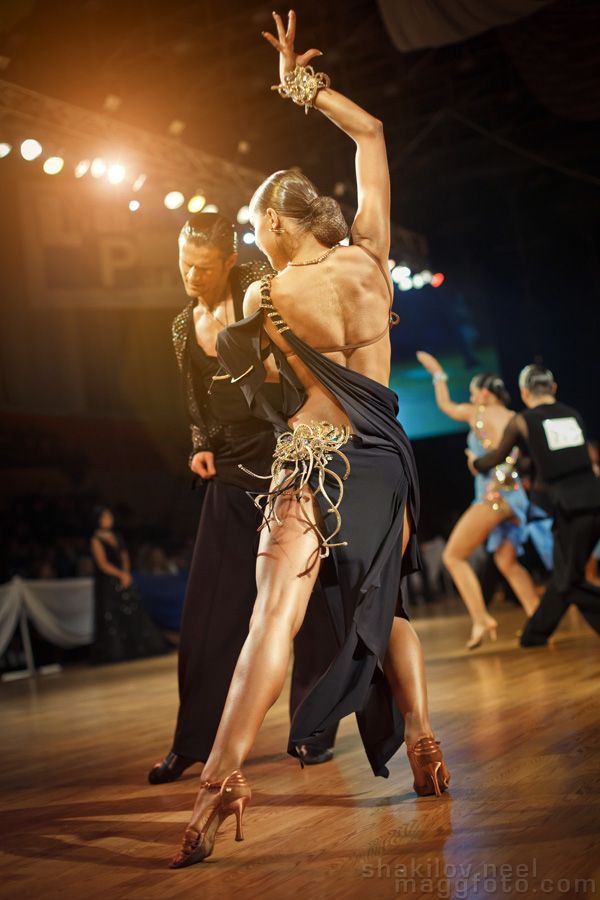 Paso doble was one of the many Spanish folk dances associated with various aspects of Spanish life. The partner represents the torero, and the partner - his cloak (muleta), sometimes - the second torero, and very rarely - the bull, as a rule, defeated by the final blow. The nature of the music corresponds to the procession in front of the bullfight. The dance was first performed in France in 1920, became popular in Parisian high society in the 1930s, therefore many steps and figures have French names. After the Second World War, Paso Doble was included in the Latin-American program of sports ballroom dancing.
Paso doble was one of the many Spanish folk dances associated with various aspects of Spanish life. The partner represents the torero, and the partner - his cloak (muleta), sometimes - the second torero, and very rarely - the bull, as a rule, defeated by the final blow. The nature of the music corresponds to the procession in front of the bullfight. The dance was first performed in France in 1920, became popular in Parisian high society in the 1930s, therefore many steps and figures have French names. After the Second World War, Paso Doble was included in the Latin-American program of sports ballroom dancing.
Jive
Jive is a dance of African American origin that appeared in the USA in the early 1940s. Jive is a type of swing with fast and free movements. Modern jive is very different from swing in style, although it often uses the same shapes and movements. Jive dance is performed at ballroom dancing competitions.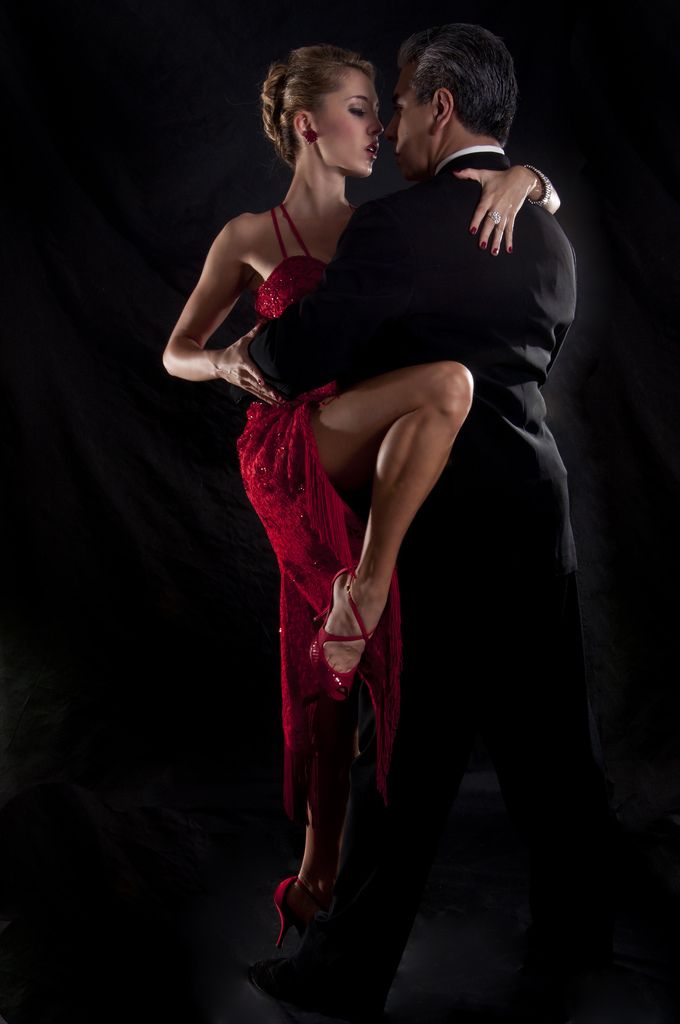 Of the five dances of the Latin American program, the jive is always the last and is the apotheosis of the competitive program. This dance is very fast and sparkling. Thus, it allows couples not only to demonstrate technical skills, but also to show their physical fitness.
Of the five dances of the Latin American program, the jive is always the last and is the apotheosis of the competitive program. This dance is very fast and sparkling. Thus, it allows couples not only to demonstrate technical skills, but also to show their physical fitness.
There is also East Coast Swing that we plan to cover later. Stay tuned!
What are the Different Latin Dances for Beginners?
At Arthur Murray Dance Now we teach Latin ballroom dance. But what exactly does that mean? Latin dance is an umbrella term for several different styles of dancing including ballroom dance, social dance, and competition dance.
If you are just getting introduced to Latin dance, it can be overwhelming knowing which dances you should learn first. Let’s walk through some of the most popular Latin dances and which ones are best for the beginner (and intermediate) dancers.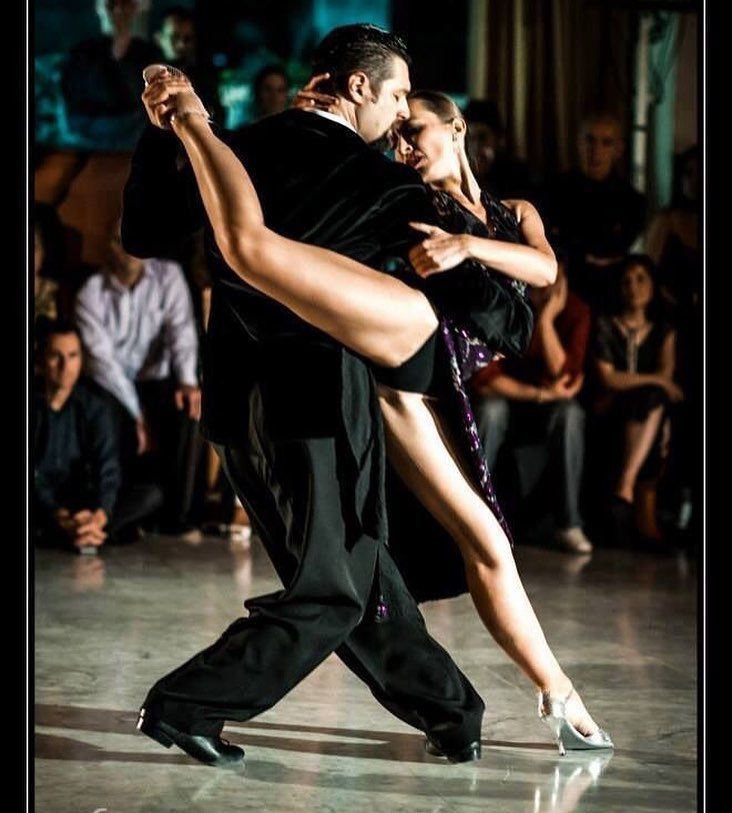
An upbeat dance that is derived from the Rumba and the Mamba. People love the Cha Cha because it’s energetic and saucy. You use triple steps and Cuban Motion to do this popular dance. The Cha-Cha is a great beginner dance, because anyone can learn it!
Level of Difficulty: Easy / Beginner
Taught at Arthur Murray: Yes
Salsa dancing is one of the most popular Latin dances in the world! Salsa is great for beginners, because it’s a simple dance to learn but very impressive to watch. The word “Salsa” means spicy or hot in Spanish, giving this dance its heat!
Level of Difficulty: Easy / Beginner
Taught at Arthur Murray: Yes
Often referred to as the grandfather of Latin dance, the easy-to-learn Rumba is the most sensual of the Latin dances. You’ll work up a sexy sweat with the Latin styling and relaxed hip motions of this popular and fun dance.
Level of Difficulty: Easy / Beginner
Taught at Arthur Murray: Yes
Known for being intimate and romantic, the Bachata is a slower dance with strong hip movements. It includes simple footwork and sensual body movements. Get close with your partner with the Bachata.
Level of Difficulty: Easy / Beginner
Taught at Arthur Murray: Yes
Using the same small steps and big theatrics makes the Paso Doble an easy dance to learn. Dancers focus on tall, straight posture and a marching movement in this lively Spanish dance.
Level of Difficulty: Easy / Beginner
Taught at Arthur Murray: No
The Merengue is first learned as a marching dance and can be turned into something rhythmical. It’s fun and feisty and fairly easy to master.
Level of Difficulty: Difficult / Advanced
Taught at Arthur Murray: Yes
Upbeat and a lot of fun to dance and watch, the Mambo includes dance steps and foot movements like kicks and flicks.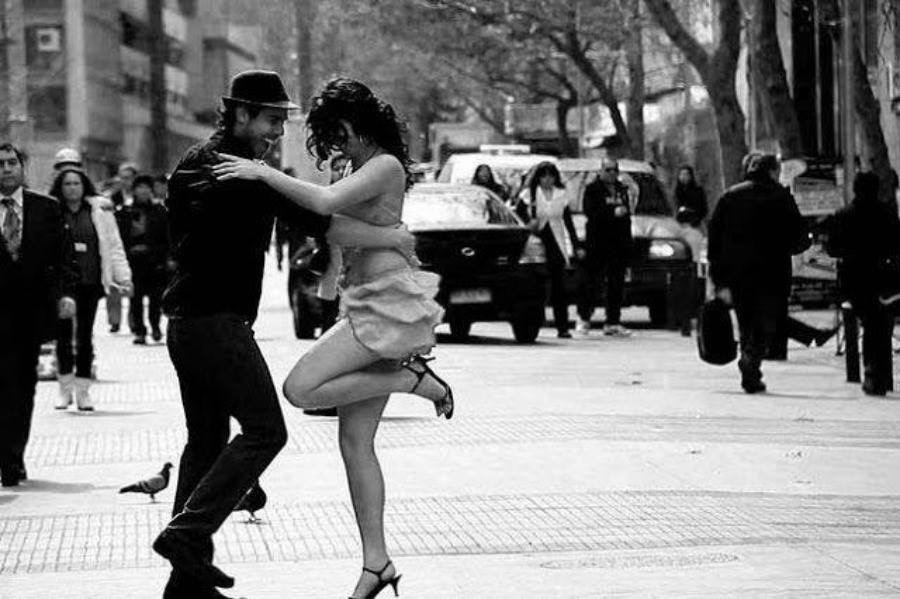 Mambo means “shake it” and dancers do as they energetically move their hips and flick and kick in this fun dance.
Mambo means “shake it” and dancers do as they energetically move their hips and flick and kick in this fun dance.
Level of Difficulty: Intermediate
Taught at Arthur Murray: Yes
Good dancers make the Samba look effortless, but it can be a difficult dance to master. It’s very fast and includes quick steps, vertical bounce action, knee action, body swaying, and “pendulum motion”. It’s a very lively and upbeat dance that is fun to watch.
Level of Difficulty: Difficult / Advanced
Taught at Arthur Murray: Yes
We hope this list helps you decide which Latin dances to start learning first. With our dance lessons you can easily start to pick up a few Latin dances and gain confidence in your dancing skills. The more dances you learn, the easier it will be to master some of the intermediate and advanced dances!
All about latina solo and lady style
If you have always dreamed of dancing ballroom choreography, but in childhood for one reason or another you did not succeed, and now there is time and opportunity but there is no suitable partner, or your husband does not share Your passion for dancing, then this problem can be solved thanks to the solo latina style, where you need a partner.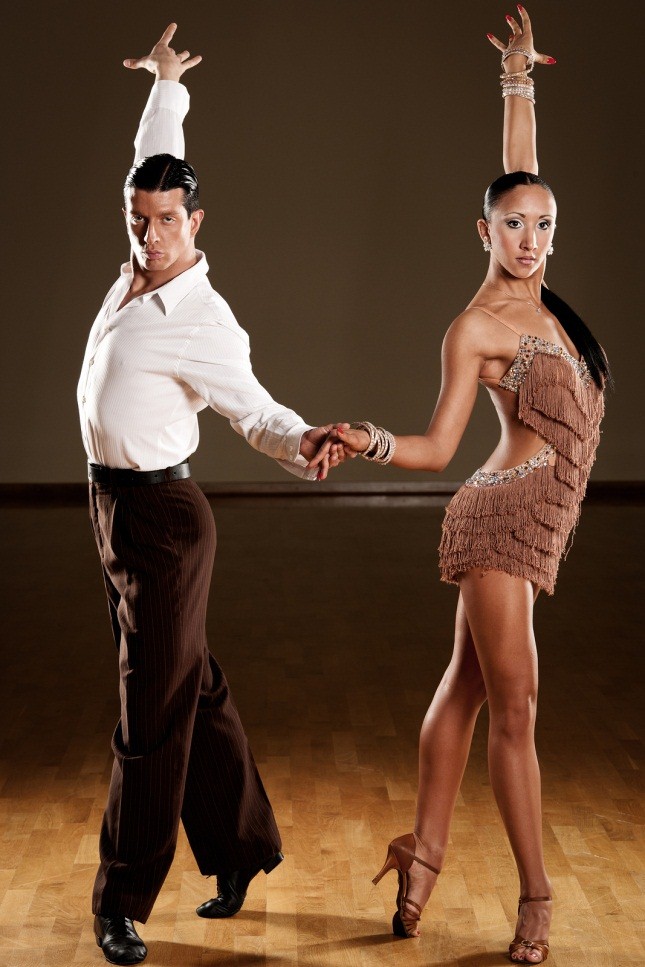
Lady style is a combination of the entire Latin American ballroom program, as well as social dances that are performed solo, that is, not in a pair and without a partner.
Lady Style was founded long after the standard programs with ballroom choreography, namely when there were problems with the lack of partners for girls, because it always was and certainly will be that the female half of humanity was more interested in choreography than the male. Boys, even if they started attending dance lessons, it usually does not last long, rarely when a partner stays in this area forever.
And because such cases as the refusal of a partner to take part in competitions just before they begin, became the driving force that created the latina solo choreography style, or as it is also called - lady style, so that girls could independently perform that or another program.
This style is so loved by everyone, not only by professional dancers, but also by ordinary people, many studios and schools that have never specialized in Latin or any other ballroom choreography have introduced such lessons.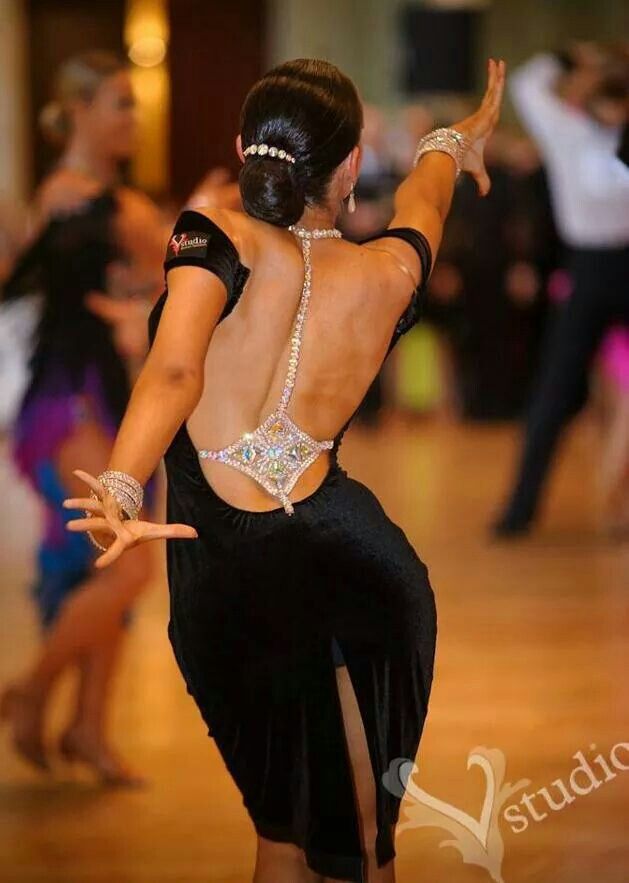
Therefore, today ladies style lessons are attended by all interested girls who want to learn how to move and look beautiful, and everyone can learn this, regardless of age or skills.
LADY STYLE lessons in Lviv are conducted by both social dance studios and other dance institutions.
Everything that is included in the lady style dance style
And so, in more detail about each dance style that is included in the Latin solo. they all have Latin American roots.
Bachata is a kind of social dance, which is also very fond of us, we can meet on the cozy streets of cities that develop this culture in themselves.
Kizomba is one of the most popular and famous social dances, its performance is somewhat sexy and attractive.
Salsa - sometimes fast and sometimes slow dance, which, in addition to the legs, also involves the work of the hands, the choreography is included both in the ballroom program and in social dances.
Samba - one of the most incendiary Latin American dances, cheerful and hot choreography, immediately mentally takes you to Rio de Janeiro to the carnival.
Cha-cha-cha - a choreography that requires a clear execution from the entire list, also a rather fast and incendiary dance.
Rumba - sensual, sexy, romantic, gentle, and at times it can be very similar to a passionate tango.
Tango - well, this dance is definitely known to everyone, so you don't even need to write about it, clear lines and poses speak for themselves.
Does latina solo without a couple look self-sufficient
Yes! Yes! And once again yes. When such choreography is performed solo, it takes on different meanings and forms.
Ladystyle performances are different from double Latin. Usually, when a dance is performed in pairs, it carries only the technical part and that's all, but the choreography with lady style is a whole production in which the pattern is constantly changing, the girls can interact with each other and many other interesting things.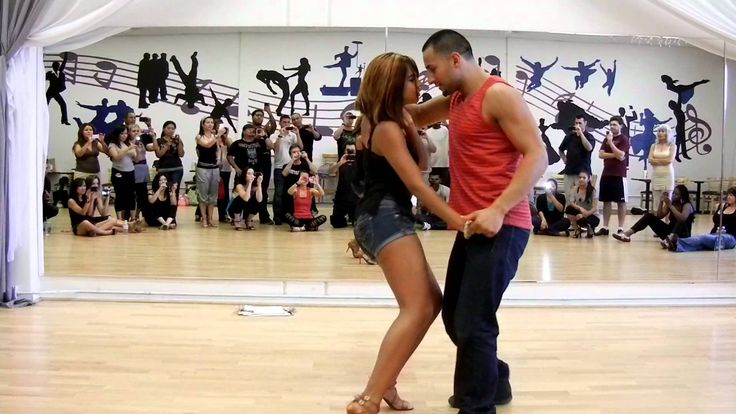
If in a couple the partner and the partner are constantly in a closed position, that is, with their backs to the viewer, then in the lady style, on the contrary, the performers dance almost all the time facing the viewer, thus they can open up to 100%, which they cannot do being paired with .
Therefore, everyone who thinks that it's too late and impossible to learn how to dance can easily sign up for lady style and master all the basics of each of the listed styles.
A dance school may offer a variety of styles and styles of Latin dance for its students.
If you have read to the end and you liked it, put like❤ and subscribe to our social networks, there will be many more interesting things to come!!!
Incendiary Latin: Basic Movements
JavaScript must be enabled for the site to function correctly
The Latin American program includes five basic dance styles: samba, rumba, cha-cha, and paso doble.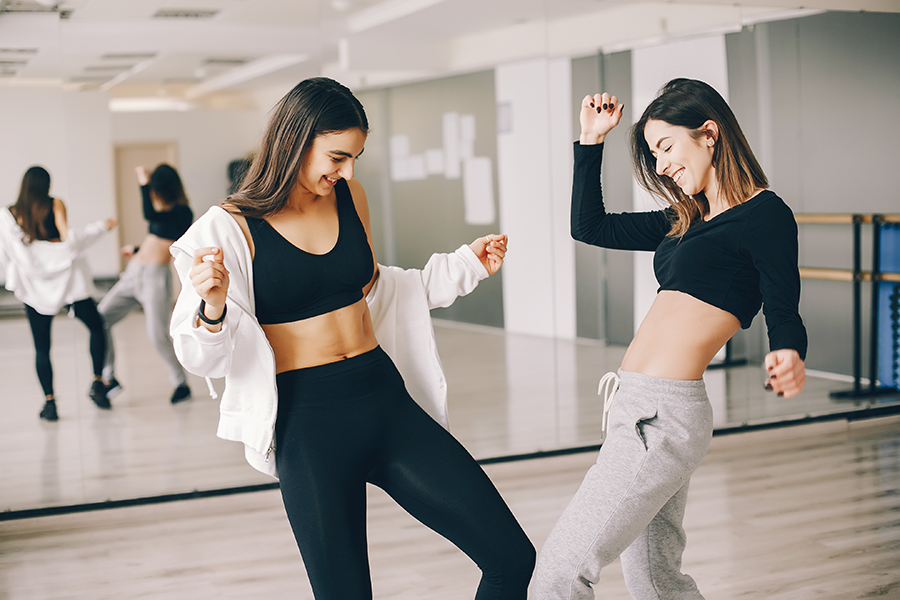 Mastering the basic elements is the first stage on the way to mastering each direction. In addition, knowledge of the basics of classical dances allows you to confidently and freely improvise, performing club latin at parties, both in pairs and solo. The basic elements of Latin are steps and turns. Let us consider in more detail the specifics of each direction.
Mastering the basic elements is the first stage on the way to mastering each direction. In addition, knowledge of the basics of classical dances allows you to confidently and freely improvise, performing club latin at parties, both in pairs and solo. The basic elements of Latin are steps and turns. Let us consider in more detail the specifics of each direction.
Samba
Here are some examples of the basic samba movements:
- Samba move - moving the free leg back or to the side and stepping over. The weight is partially transferred to the outstretched leg, but immediately returns to the supporting leg. There are lateral and stationary samba moves.
- Samba-bounce - springy movement in the legs in a syncopated samba rhythm. There is a detachment of the heel of the supporting leg from the floor. The hips, meanwhile, move smoothly back and forth.
- Samba-whisk - a step to the side, then a cross step with the foot behind the leg and stepping on the spot while observing the rhythm and performing samba-bounces.
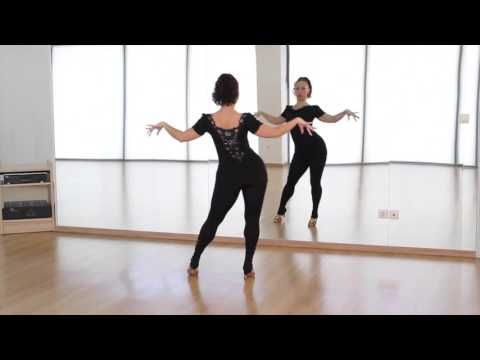
Rumba
The main movement of the rumba is forward and backward steps, which alternate with a side step and transfer of weight from one foot to the other. More complex elements include, for example:
- Fan - a sequence of steps and turns, in which a right angle is maintained between partners. After performing these movements, the couple opens into a fan position.
- Opening - partners move to the side and back, thus changing the position from face to face to open with holding by one hand.
Cha-cha-cha
Cha-cha-cha figures and movements are similar to rumba elements. However, there are some performance nuances. The main difference is in the pace: cha-cha-cha is much more energetic, while rumba is the slowest dance of the Latin American program.
Paso Doble
This dance imitates a bullfight, so all partner's movements are a stylization of the actions of a bullfighter. Let's give a few examples:
- Appel - a short blow with the whole foot and the subsequent stepping on it, in a bullfight - a signal to attract the attention of a bull.





